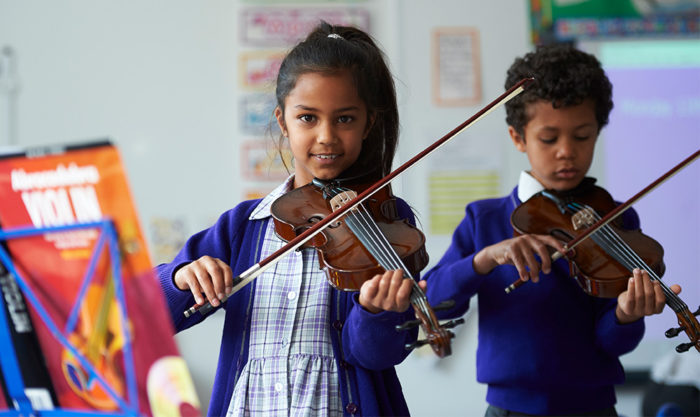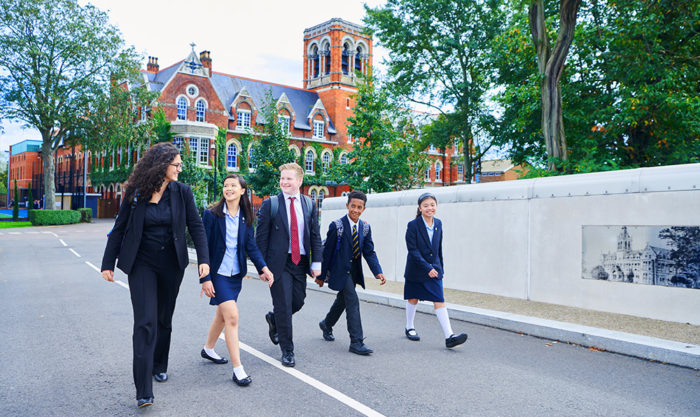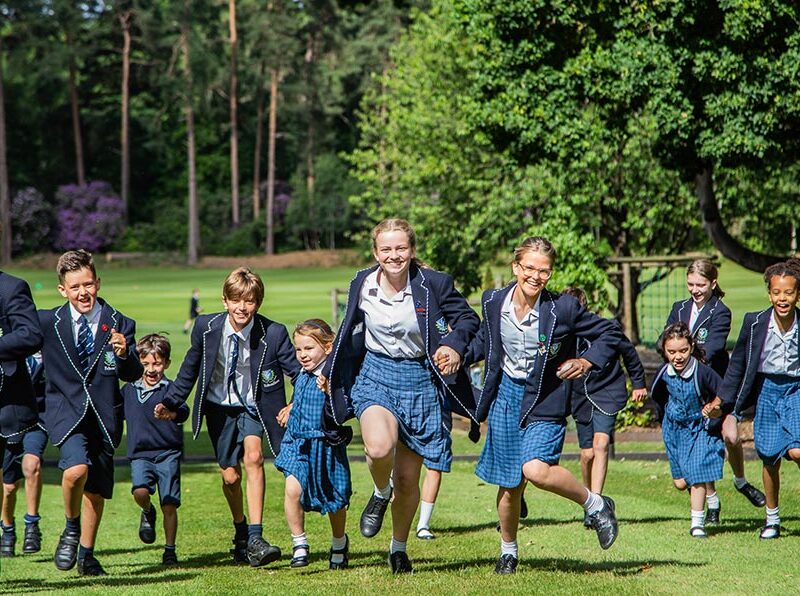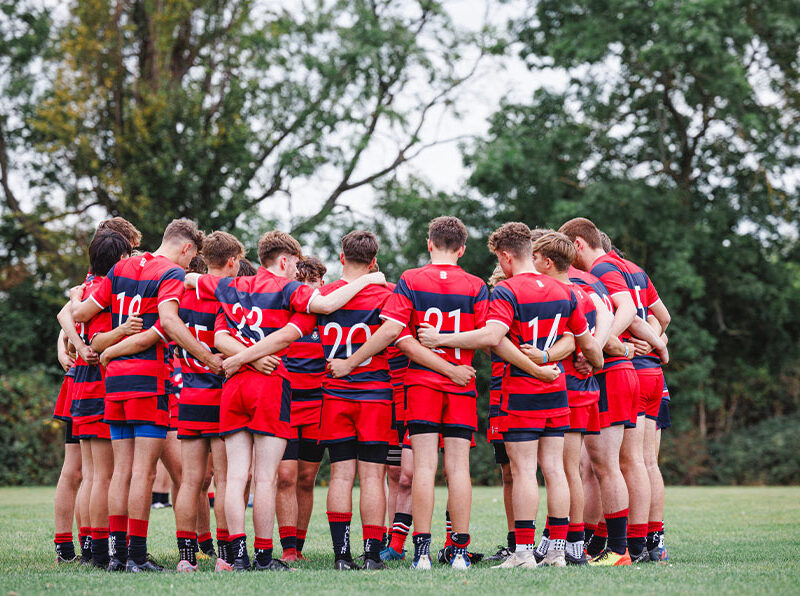
Single-sex Schools vs Co-ed Schools
The Big Debate – which kind of school is best for your child?
When choosing a school, there are many elements parents consider – exam results, location, environment, facilities – and perhaps most controversially, single sex or co-ed. The debate has long raged over which is best with proponents on both sides making vehement arguments for and against.
Various pieces of research and anecdotal evidence are brought out to back up each sides’ claims – girls achieve better exam results and are more likely to study STEM if they attend single sex schools, boys learn better in a mixed environment when they have a stabilising influence of girls around them, single sex schools don’t prepare pupils for working with the opposite sex, girls schools are catty, boys are too boisterous and distracting… the arguments – and stereotypes – are endless… And many parents have had their views shaped by their own experiences, adding fuel to the fire. “I went to a co-ed school but I was far too distracted by my interest in boys as a teenager. I would have done much better at a girls’ school,” laughs Joanna from Coombe. “I went to a prestigious boys school and I think I would have been better prepared for university life had I mixed with girls earlier. It was also very competitive,” remarks James from Epsom.
Rebecca Glover taught in co-ed schools for 30 years until she became principal of Surbiton High School, which has a Girls’ Prep, Boys’ Prep and Senior Girls’ School. She is now convinced single sex is the best approach: “When teachers are able to use techniques tailored to the gender of their pupils, learning can be enhanced further. The girls can question and make mistakes more freely. They are free of the pressure to compete with boys in those subjects traditionally seen as being male-dominated, such as the sciences and maths.
“At the Boys’ Prep, the form teachers are able to create a bespoke curriculum, which both engages and ignites the boys’ curiosity and motivation for learning. This involves themes and experiences that allow the boys to express themselves. The distinct advantage of an all-boys’ learning environment means that boys routinely and naturally rise to tasks that girls might otherwise do.”
She adds: “In sport, girls are more likely to take up football and cricket, traditionally considered boys’ sports, at an all-girls school. Conversely, theatre and dance are explored with more natural ease by the boys at an all-boys’ school.”
Peter Woodroffe, deputy CEO of the Independent Schools Association, argues that while there is some merit to the argument that teaching methods are different for girls and boys, at the end of the day, pupils will eventually be working in a world with both men and women. “If you go for single sex, look for those schools that offer strong opportunities for extra-curricular activities with other schools of the opposite sex,” he advises.
Many single sex schools such as all-girls school Lady Eleanor Holles does just that. Explains head Heather Hanbury: “We find many opportunities for them to work in a co-ed environment through our Sixth Form Enrichment Programme, charity events, music and drama festivals et al. The idea that sending your son and daughter to a single sex school will not equip him or her to interact successfully with the opposite sex when they go into the workplace is ancient history.”
“At LEH we work with the girls from the very beginning to build their confidence and their conviction that they have every right to take their place in the boardroom, chairing meetings, speaking at conferences, leading teams and generally putting themselves forward for positions of responsibility.”
As to whether boys and girls need a teaching approach tailored to their gender, she adds: “The bottom line is that an excellent teacher can easily teach both sexes successfully in the same class. However, one advantage of girls’ schools is that teachers will be specialists in how to get the best out of girls; they will have a full understanding of the issues they face and can support them, increasing their confidence and helping them build resilience.”
But William Brierly, now headmaster at co-ed Claremont Fan Court School argues for the benefits of co-ed, having overseen the introduction of co-ed for students from 16 to 18 at King’s College School, Wimbledon.
“It created a buzzing environment that benefited both genders and inspired me to become headmaster of a fully co-educational school. To suggest Year 7 boys spend as much time chatting to girls as they do boys, and vice versa, would be misleading. But they can if they want and it empowers an atmosphere where you can thrive in what you enjoy rather than needing to fit with the trends of a one-gender school.”
However, he adds that much is down to the individual child: “Anyone believing co-education is good and single-sex is bad misses the point that different schools suit different children.”
Peter concurs: “It is about what is right for your child but this is sometimes not how parents are basing their decisions. And be cautious how your interpret stats and league tables – they can be an indication of the quality of the children they are admitting rather than the quality of teaching.”
He adds: “We also hear this figure that girls are five times more likely to study STEM subjects when they are in a single sex school but this is because these schools tends to be highly selective – they are admitting bright girls who are more likely to study STEM subjects anyway,” says Peter.
Chris Skelton, new head of co-ed prep Newland House School, says that rather than creating a long list of advantages and disadvantages of co-education and single-sex, parents should visit a range of schools to see what suits their particular child.
Age may also play a key factor in the decision-making over single sex vs co-ed. Chris notes that many of the children leaving Newland House aged 11 for girls and 13 for boys move into single sex senior schools. “By this age there are more obvious reasons to consider the benefits of single sex education such as the social pressures. None the less, our pupils will still have had the benefit of a positive co-education experience, where they have developed mutual respect and gleaned an enriched learning experience through their interactions with both genders to refer back to for the rest of their educational journey.”
As the Good School Guide concludes: “Look at the child you’ve got. Will he work and play hard whatever the distractions? In that case, go ahead and consider co-ed. Will she wilt if she has to compete for the boys’ attention? Or the masters’? Girls only for her then, perhaps. But is the single sex/co-ed question the most important one in his/her case? What about facilities? Results? Location? Mix of day to boarding pupils? And anyway, all decent single sex schools now collaborate on debating, drama, music and expeditions with their local opposites.”









